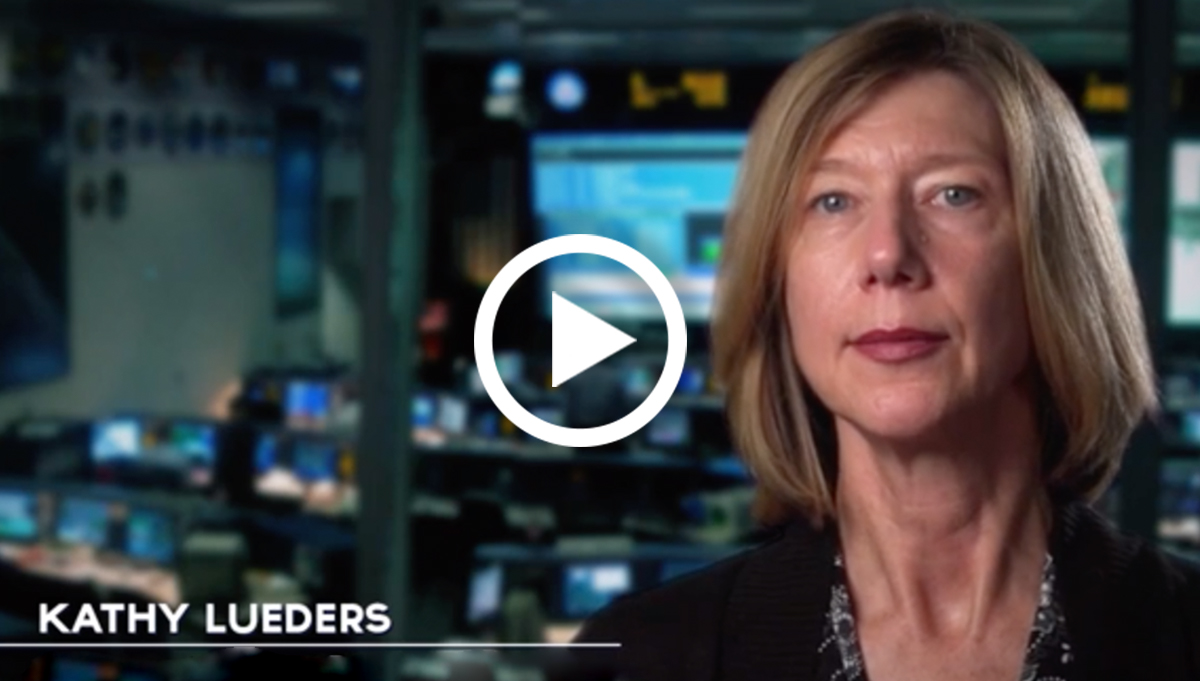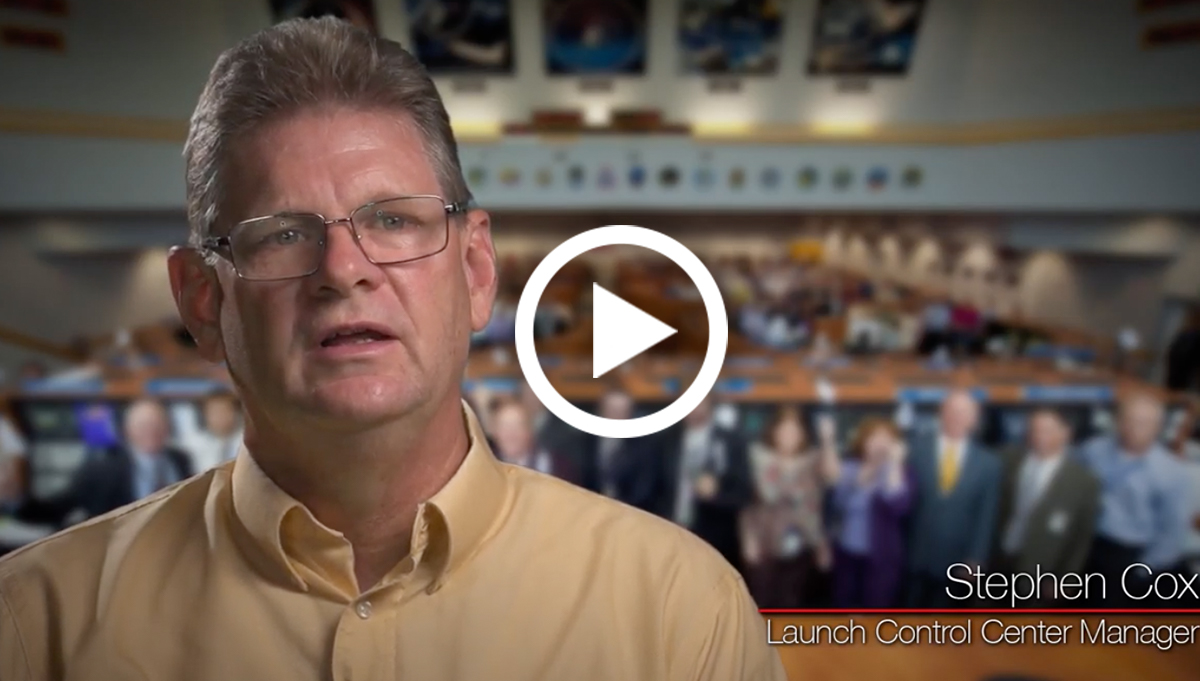Astronaut training is critically important to the success and safety of missions.
In the video, Kjell Lindgren, a NASA Astronaut who flew on Expeditions 44 and 45, discusses the NASA astronaut training he received to fly on missions and how this training prepared him to deal with any situations that might occur.
Video key learning points:
- 1.
Astronaut training addresses a significant number of risks to International Space Station missions, including potential issues with equipment failures, launch, landing, robotic arm operation, and extravehicular activity (EVA).
- 2.
A first-time flier spends about two-and-a-half years in astronaut candidate training working in all the discipline areas required to be assigned to a flight such as robotic arm, EVA and space station systems.
- 3.
There can be another two years of mission-specific training once an astronaut is assigned to a mission. This training familiarizes astronauts with what they will do during a mission and also how to react during emergencies.
- 4.
The training for ISS missions was enhanced by focusing more time on response to emergency, mastering critical and dynamic phases of flight, EVA, and robotic arm. Less time is spent on training for activities that are not as risky or complex. Just-in-time training videos have been developed to deliver to the ISS crew on orbit for the less complex training.
- 5.
Lindgren felt confident in all the activities he was asked to perform during the 141 days he was in space. Training and preparedness can help to buy down risk during the mission.
Related Resources
Small Steps, Giant Leaps Podcast: Woody Hoburg Discusses Astronaut Training
Small Steps, Giant Leaps Podcast: Apollo Lunar Landing Training
Don Pettit: Hands on Immersion Training









